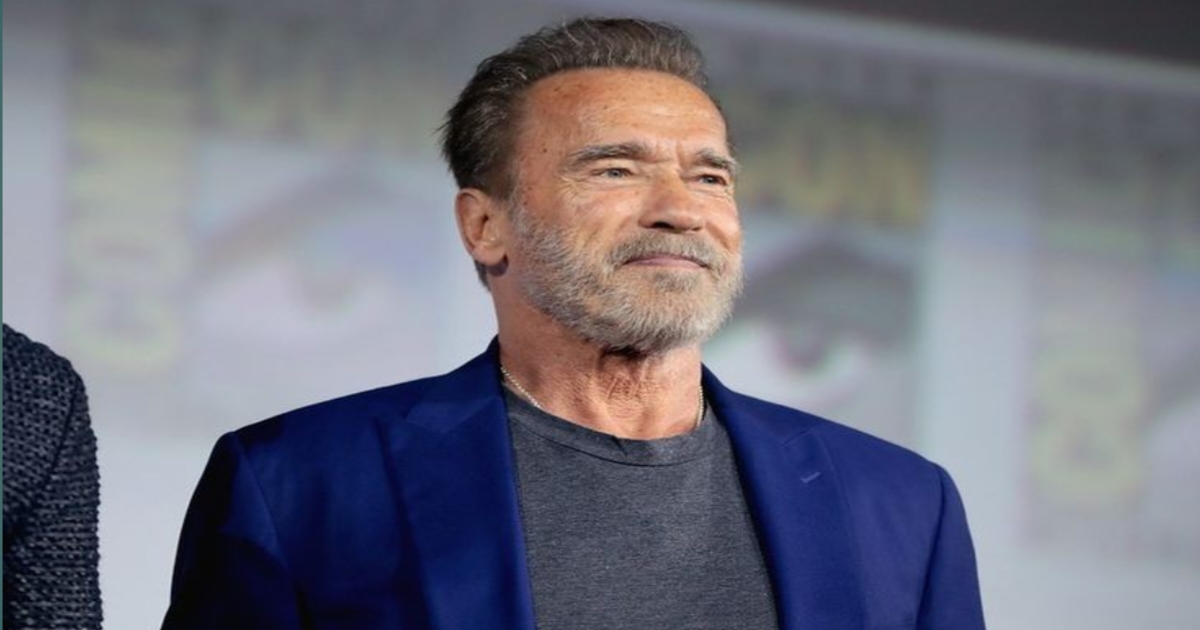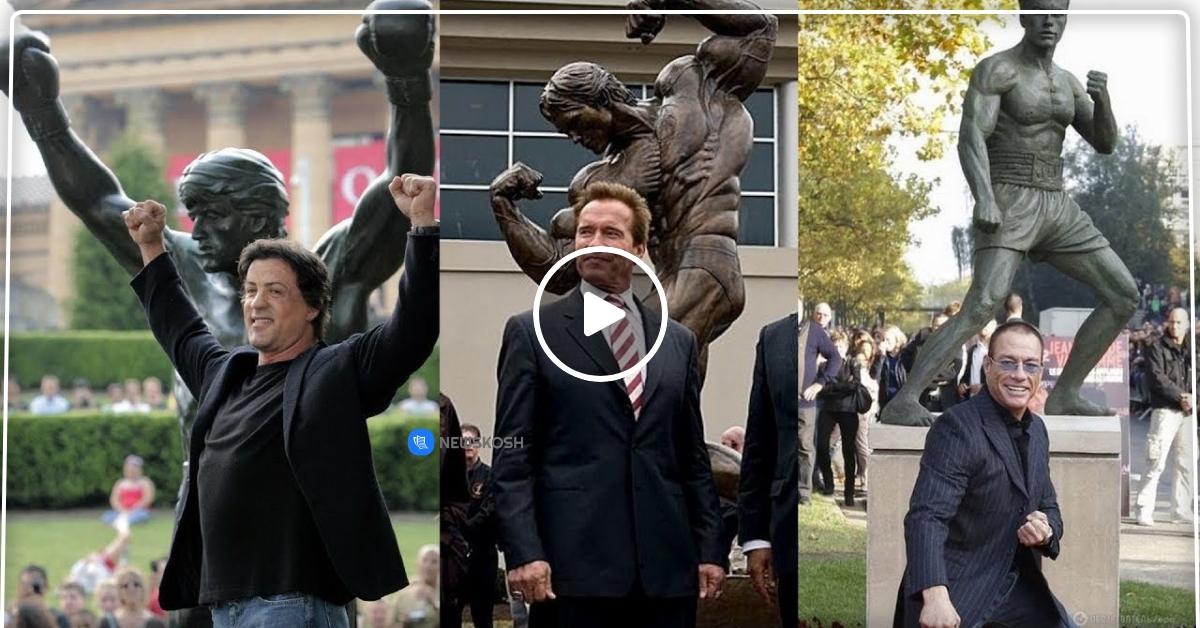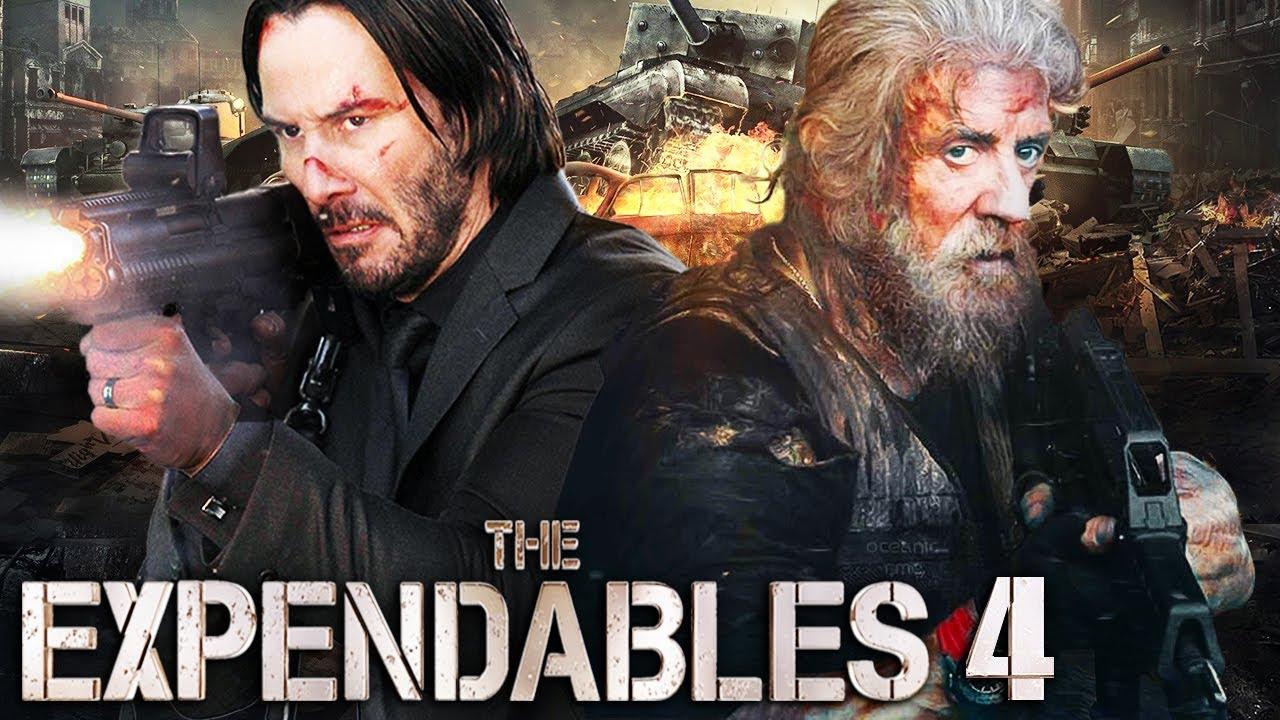The most recent three entries in the Terminator series tried to reinvent the franchise, but failed to reinvigorate it. The Terminator was an unexpected critical and commercial hit, launching the careers of writer-director James Cameron and star Arnold Schwarzenegger. Both of the first two films in the franchise were massive financial successes, with Terminator 2: Judgment Day even becoming the highest-grossing film of 1991. It is also still the highest-grossing Arnold Schwarzenegger movie, more than 30 years after its release. Terminator 3: Rise of the Machines was less of a commercial success, opening to middling reviews and bringing in less money than its predecessor. Since then, the Terminator franchise has been reinventing itself with each new entry to the franchise. Unfortunately, each of these films has failed to reinvigorate the series and bring it back to the halcyon days of Terminator 2: Judgment Day.
2009’s Terminator Salvation dramatically altered the visual style of the franchise and made changes to the cast. Terminator Salvation’s failure at the box office led to a complete reboot of the franchise in 2015’s Terminator Genisys. While Terminator Genisys made over $400 million at the global box office, it failed to gross even a quarter of that in North America. The combination of Terminator Genisys’ box office results and negative reviews led to another franchise reboot in 2019’s Terminator: Dark Fate. Terminator: Dark Fate made the decision to ignore every film in the franchise except for the first two, and brought back many of the original cast and crew. However, Terminator: Dark Fate failed to reinvigorate the franchise financially, despite significantly better reviews than both Terminator Salvation and Terminator Genisys.
Terminator Salvation picks up from Terminator 3: Rise of the Machines’ twist ending, to focus on John Connor (Christian Bale) as a leader, post-Judgment Day. Terminator Salvation abandons the structure of the first three films, which essentially boils down to a chase between the protagonists and a Terminator. Instead, Terminator Salvation focuses on John Connor’s struggles to become a leader, within the military hierarchy of the Resistance. John Connor’s role in Terminator Salvation was completely rewritten after Bale became interested in the part. Initially, Connor was to be a secondary character within the story. However, once Bale lobbied for the part, John Connor’s role was greatly expanded to become one of the two main protagonists, alongside the Terminator-human hybrid, Marcus Wright (Sam Worthington). Unfortunately, Bale’s performance as John Connor is disappointingly one-note and does not make up for Terminator: Salvation’s lack of Schwarzenegger.
To this date, Terminator Salvation is the only film in the franchise not to feature Arnold Schwarzenegger. Instead, a mold of his face made back in 1984 was scanned and digitally superimposed onto a body double. Schwarzenegger was physically unavailable to the production due to being the Governor of California at the time but gave his permission for the film to feature his likeness. Unfortunately, the visual effect is far from seamless and only exacerbates Terminator Salvation’s poor decision to move forward with the franchise without Arnold Schwarzenegger.
Following Terminator Salvation’s critical and commercial failure, a planned sequel was canceled, and the Terminator franchise rights were sold off. Terminator Genisys was then created as a reboot for the franchise, ignoring the events of both Terminator 3: Rise of the Machines and Terminator Salvation. Terminator Genisys leans into the time travel aspects of the story more than any other film in the franchise, but this led to criticisms that the film was far too convoluted and confusing for its own good. Also, rather than moving the franchise forward with its own sense of identity and unique action scenes, Terminator Genisys relies on references to previous entries far too often. Similarly to Terminator Salvation, Terminator Genisys failed to make an impact at the box office in North America, though it proved more popular internationally. Still, this was not enough for the film to justify its large budget, leading to yet another reboot.
Whatever its flaws, Terminator Genisys made the smart choice to bring Arnold Schwarzenegger back to the Terminator franchise. Despite Terminator Genisys’ uninspired action scenes and overly-complicated story, the return of Arnold Schwarzenegger as the T-800 was lauded by many critics and fans alike as one of the best aspects of Terminator Genisys. The reboot that immediately followed the failure of Terminator Genisys, Terminator: Dark Fate, also brought Schwarzenegger back as an aging T-800 to much acclaim.
The latest film in the franchise, Terminator: Dark Fate was envisioned as a complete reboot of the series, following the respective failures of both Terminator Salvation and Terminator Genisys. As such, Terminator: Dark Fate ignores every film in the franchise, except for the first two, and instead mostly takes place 25 years after the events of Terminator 2: Judgment Day. Rebooting the franchise again was the best call the production could have made, given how many criticisms were levied against Terminator Genisys for being overly convoluted and confusing.
Not only did Terminator: Dark Fate bring Arnold Schwarzenegger back into the franchise, but it also saw series creator James Cameron and lead actress Linda Hamilton return for the first time since Terminator 2: Judgment Day (although Hamilton had an uncredited voice role in Terminator Salvation). Although Cameron did not direct Terminator: Dark Fate, the movie was helmed by Deadpool director Tim Miller, he did produce the film and has a story credit. Cameron’s heavy involvement in the production was seen by Miller as a seal of approval and quality, given that Cameron has publicly criticized the other Terminator sequels he was not involved in.
Terminator: Dark Fate also saw Linda Hamilton’s return to the franchise as Sarah Connor, after previously having been killed off before the start of Terminator 3: Rise of the Machines. Hamilton trained intensely for the role as it was incredibly physically demanding, given the amount of action scenes Sarah Connor is a part of. The involvement of so many previous cast and crew members from the Terminator franchise sets Terminator: Dark Fate apart from the other reboots and sequels as the “true” continuation of the story. However, this did not stop the film from being controversial with fans.
Terminator: Dark Fate controversially kills off John Connor (Edward Furlong) in the opening scene of the film. Director Miller believed that killing John Connor would prevent Terminator: Dark Fate from being a mere retread of the previous films, as well as providing the story with heightened stakes and drama. However, the decision to kill John Connor proved divisive with critics and fans alike. Many felt that by killing John Connor so quickly in the timeline after Terminator 2: Judgment Day undermined the narrative weight that was present with the character in previous Terminator movies. Despite involvement from James Cameron and Linda Hamilton, as well as generally better reviews than previous Terminator sequels, Terminator: Dark Fate became one the biggest box-office bombs in history, resulting in a loss of over $100 million. As such, it, once again, failed to reinvigorate the Terminator franchise.


 Entertainment2 years ago
Entertainment2 years ago
 Entertainment2 years ago
Entertainment2 years ago
 Uncategorized11 months ago
Uncategorized11 months ago
 Entertainment1 year ago
Entertainment1 year ago
 Entertainment12 months ago
Entertainment12 months ago
 Uncategorized9 months ago
Uncategorized9 months ago
 Uncategorized1 year ago
Uncategorized1 year ago
 Uncategorized1 year ago
Uncategorized1 year ago











